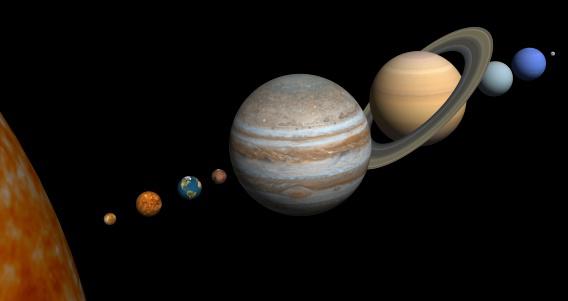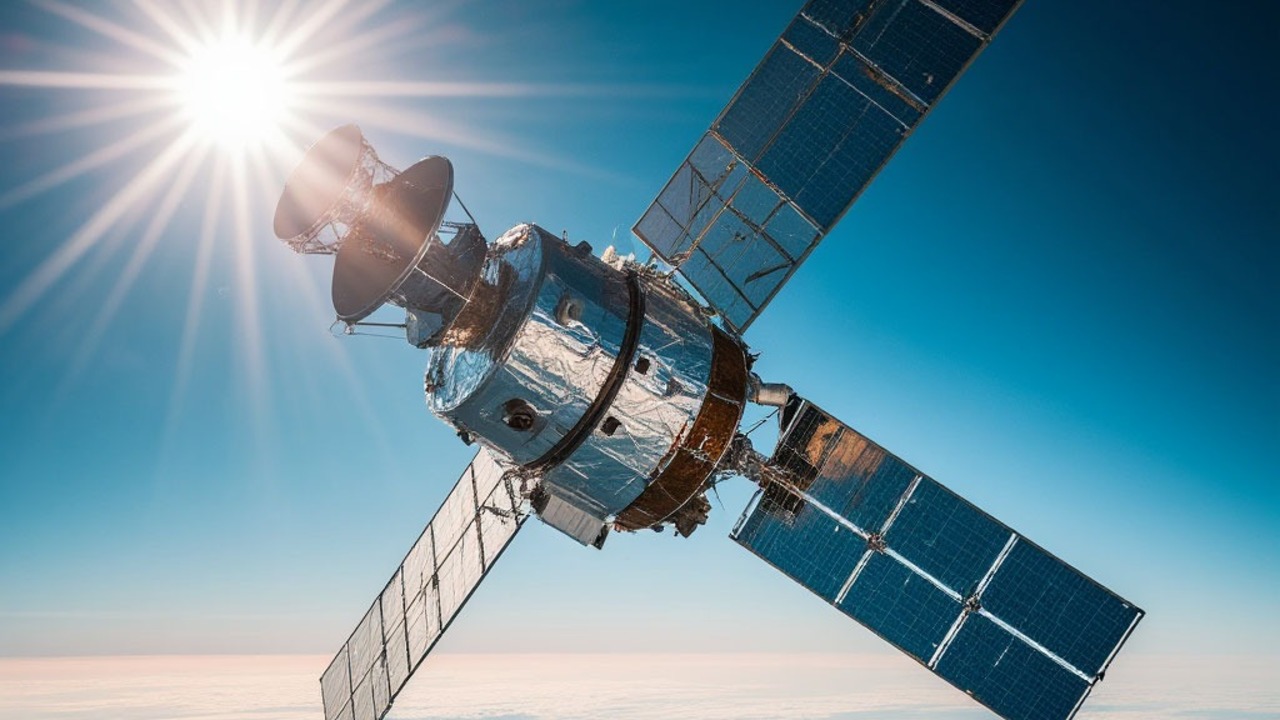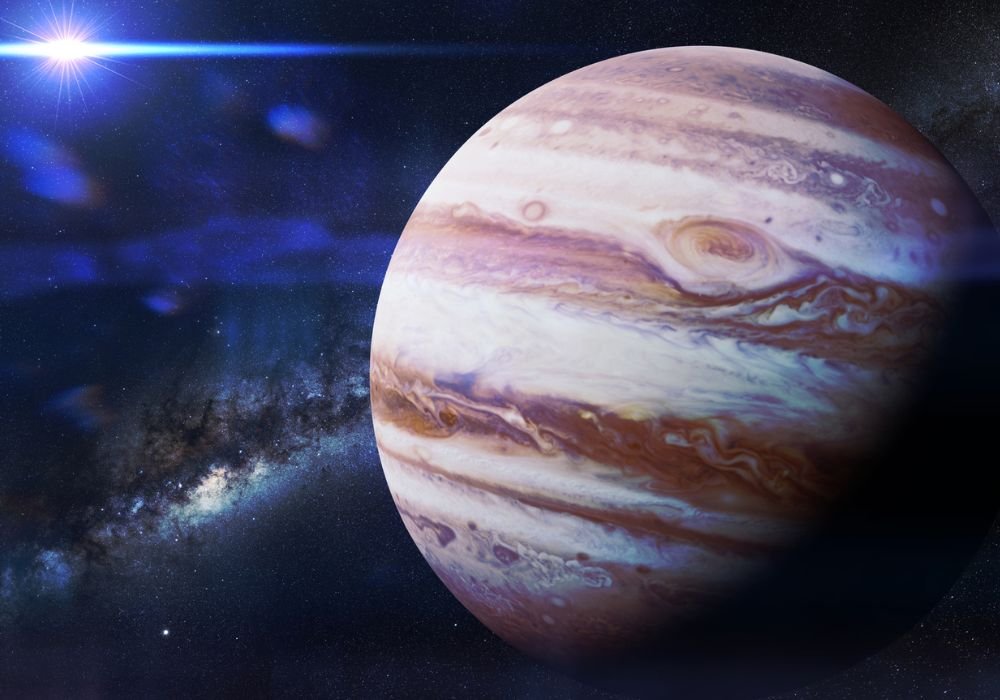A team of astronomers from the Padua Astronomical Observatory in Italy is analyzing a group of moving stars relatively close to Earth. Showed that 20 of them could potentially host Jupiter-like planetsbecause their orbits will be stable. If confirmed, the hypothesis would prove that the architecture of our solar system is not as rare as is currently traditional.
This discovery could resolve a long-standing theoretical uncertainty among astronomers about the formation of our Solar System. One theory suggests that it was born in an environment rich in metals, allegedly ejected by a supernova. The second theory says that the Sun consists of a molecular cloud of gas and dust in a low-density environment.
The current discovery that Jupiter-like gas giants may be common among Sun-like stars, according to Raffaele Gratton, lead author of the new study, “New results support the view that the solar system formed in a quiet, low-density environment.”he explained to Space.com.
Searching for Jupiter-like exoplanets
To test their hypothesis, the team of astronomers analyzed data from a cluster of 146 stars located about 130 light-years from Earth. Known as the ß Pic Mobile Group (BPMG), this constellation supposedly arose from the same molecular cloud, indicating that they have a similar chemical composition.
Although the scientific community already knew of the existence of four general “Jupiters” in BPMG, the new study focused on 30 stars 80% more massive than the Sun. 20 of them harbor Jupiter-like gas giants in geostationary orbits?
What caught the researchers’ attention the most was that all 30 stars currently analyzed were only 20 million years old, unlike “our” Jupiter, which formed around a 100 million-year-old star.
Our Solar System is not unique in the universe

Although the BPMG star cluster is the closest star cluster to Earth, and models point to the possibility of Jupiter-like giant planets forming. The size of the orbits of such planets may make transit data insufficient.. A transit is when a planet passes between the Earth and the Sun.
Gratton explains that since the traditional way to detect an exoplanet currently requires at least three transits, “we can only detect the largest of the Jupiter-like planets,” at least for now.
In conclusion, the new study suggests that Jupiter-like planets are regularly found near our star system, mostly in orbit around Sun-like stars, but more research is still needed.
Did you like the content? So stay up to date on more topics like this at TecMundo and take the opportunity to learn about the observatory used to search for life on exoplanets that NASA plans to launch.
Source: Tec Mundo
I’m Blaine Morgan, an experienced journalist and writer with over 8 years of experience in the tech industry. My expertise lies in writing about technology news and trends, covering everything from cutting-edge gadgets to emerging software developments. I’ve written for several leading publications including Gadget Onus where I am an author.













